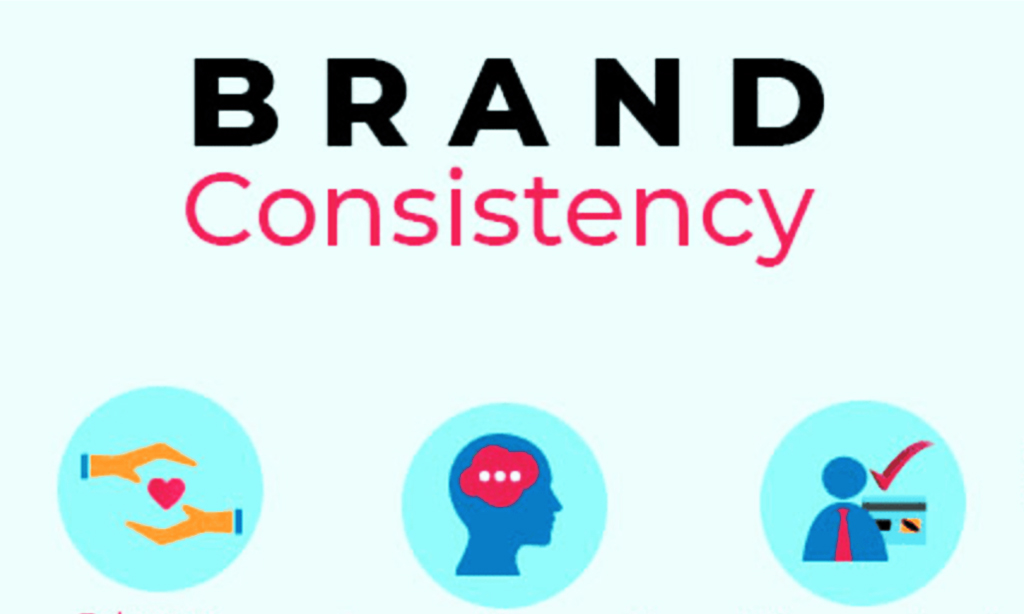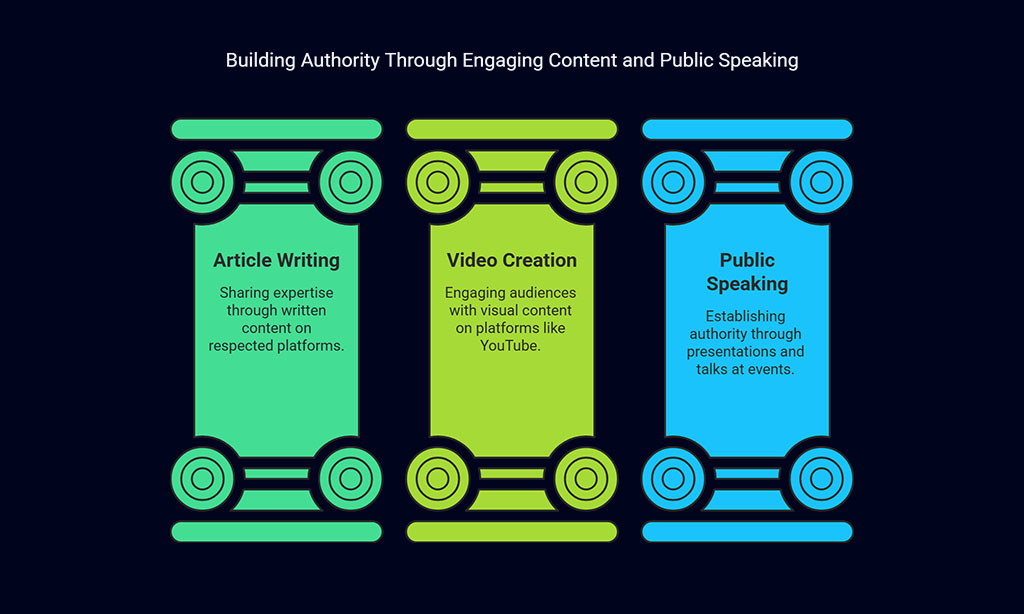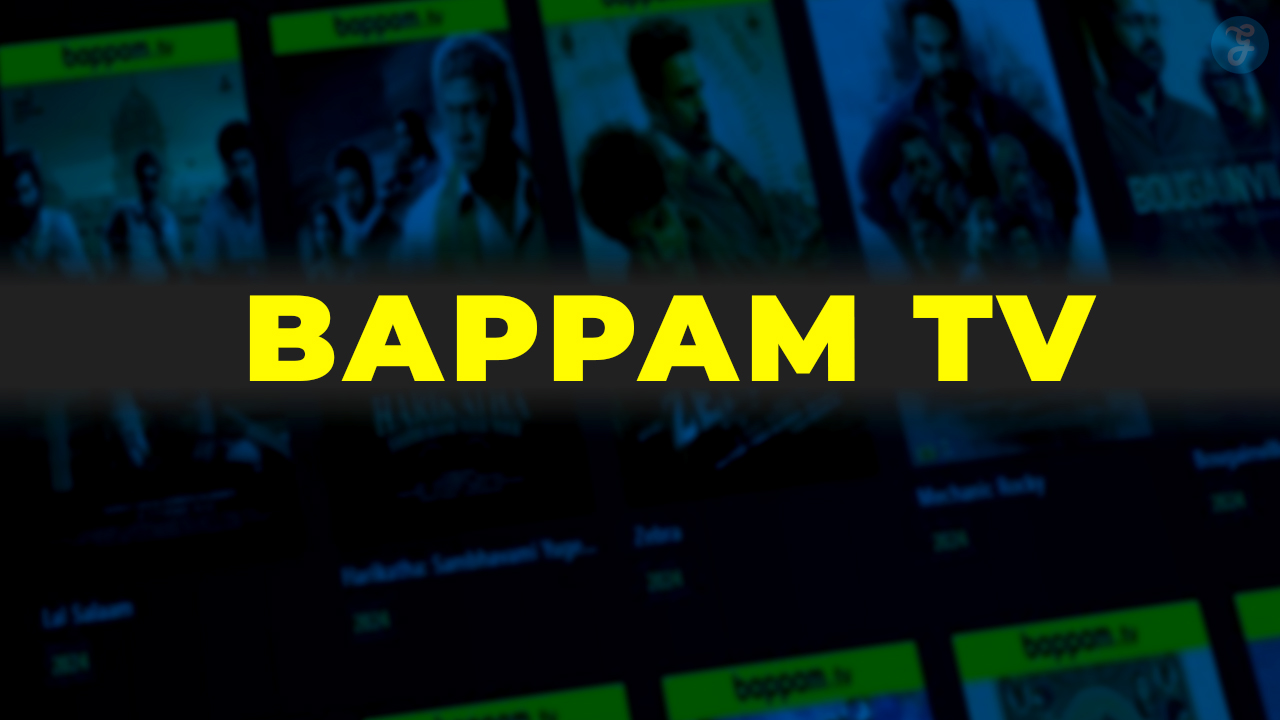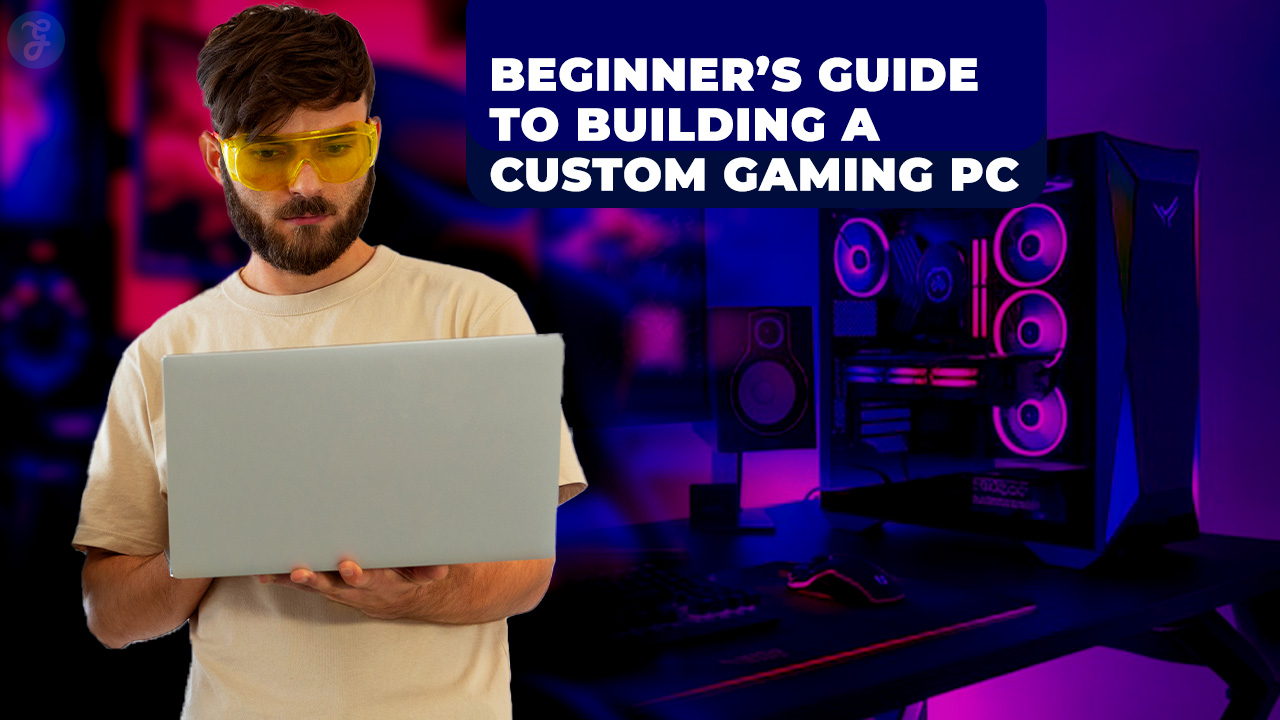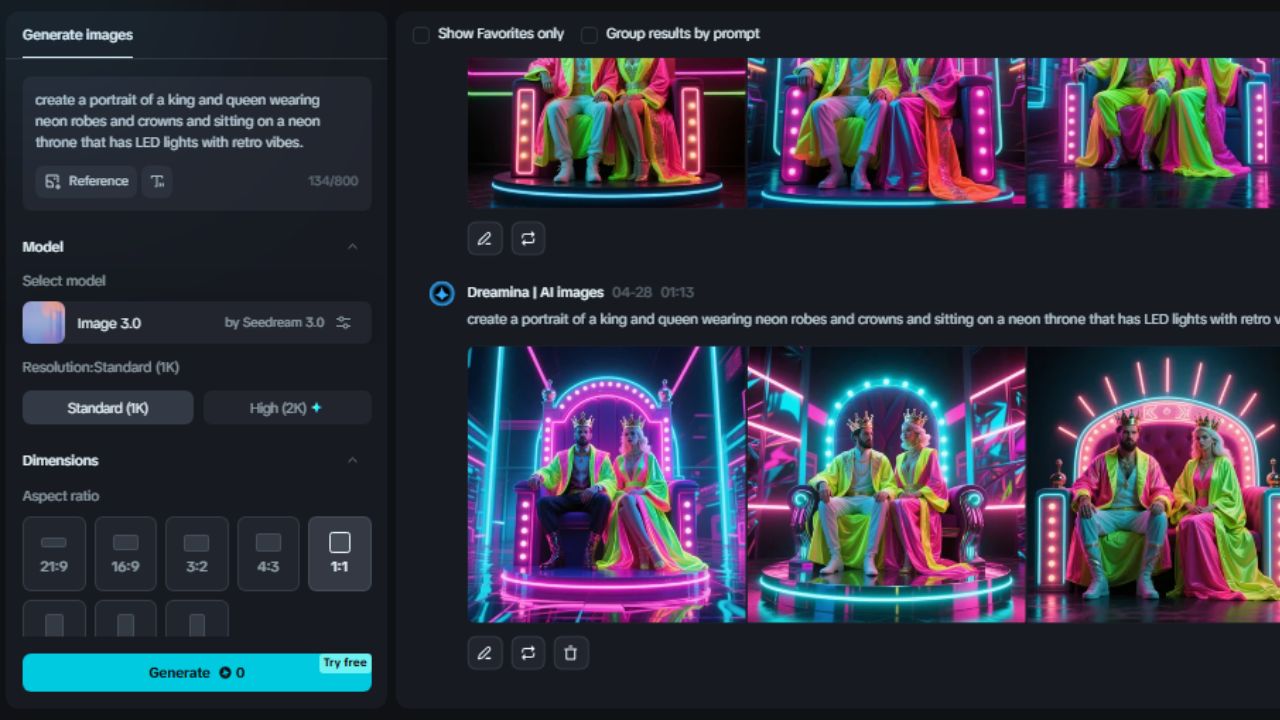In an era where digital platforms dominate nearly every aspect of our personal and professional lives, personal branding has become a critical tool for standing out and building influence.
Personal branding is no longer just reserved for celebrities or corporate leaders. Today, anyone—whether you’re an entrepreneur, a freelancer, or a professional—can benefit from creating and cultivating a personal brand online.
At its core, personal branding is about managing your reputation and shaping the way others perceive you. But in the digital age, it’s much more than that. It involves strategically creating an identity that resonates across multiple online platforms, allows you to communicate with your target audience, and fosters relationships that create new opportunities.
Building a personal brand that’s both effective and sustainable requires thoughtful planning, consistency, and a deep understanding of your value in the digital space.
In this article, we’ll explore the Key Elements of Effective Personal Branding in the Digital Age, providing you with actionable insights, data-driven strategies, and real-world examples that will help you grow and manage your personal brand.
Element 1: Defining Your Personal Brand Identity
Your Unique Value Proposition (UVP) is the cornerstone of your personal brand. It represents the combination of your skills, experiences, and passions that uniquely position you in your industry. Defining your UVP is crucial because it helps you answer the essential question: Why should someone choose you over others?
When crafting your UVP, it’s important to consider the following:
- Strengths and Expertise: Reflect on what you do best. Are you an expert in digital marketing, a thought leader in sustainability, or an influencer in the travel space?
- Passion: Your personal brand will feel more authentic if it reflects your true passions. Passion drives consistency and commitment to the brand-building process.
- Target Audience Needs: Understand the problems your audience faces. Tailor your UVP around how you can solve those problems uniquely.
Crafting a Clear Personal Brand Statement
Once you’ve defined your UVP, the next step is to articulate it through a personal brand statement. A clear, concise personal brand statement acts as your “brand manifesto” and helps you communicate your value to your audience effectively.
A well-crafted personal brand statement includes:
- Who You Are: What are your core skills or qualities?
- What You Do: What service, product, or expertise do you offer?
- Why It Matters: How does your work benefit others, and why is it valuable?
Here’s a sample brand statement: “I help busy entrepreneurs streamline their marketing strategies with easy-to-implement, data-driven solutions that increase sales and engagement.
By articulating this, you give your audience a compelling reason to follow you, hire you, or engage with your content.
Steps to Identify Your UVP
| Step | Action | Example |
| Self-Assessment | List your top skills, strengths, and experiences. | Digital marketing expertise, social media strategy |
| Passion Discovery | Identify areas that excite you most and align with your skills. | Passion for helping businesses grow |
| Audience Research | Understand your target audience’s pain points, desires, and goals. | Entrepreneurs seeking more visibility |
| Craft Your Statement | Write a clear, concise brand statement that communicates your UVP. | “I help entrepreneurs enhance visibility with SEO” |
Element 2: Consistency Across Digital Platforms
In the digital age, your online presence can be fragmented across multiple platforms—LinkedIn, Twitter, Instagram, your personal blog, etc. The key to success lies in maintaining consistency across these platforms. Consistency reinforces your personal brand and increases its impact.
Here’s why it matters:
- Recognition and Trust: Consistent messaging makes it easier for your audience to recognize and connect with you. It builds credibility and trust, which are essential for long-term relationships.
- Strengthens Identity: When you consistently use the same color palette, tone, and messaging, your personal brand becomes easily identifiable.
- Increases Professionalism: A consistent presence across platforms shows that you take your personal brand seriously.
Managing Your Online Presence
Your online presence is like a digital storefront that showcases your personal brand. Managing it effectively involves more than just creating content—it’s about ensuring everything aligns with your brand identity.
- Profile Photos and Bios: Make sure your profile picture is professional and recognizable. Use the same image across all platforms, and ensure your bio communicates your UVP in a succinct manner.
- Content: Your content should align with the voice and messaging of your personal brand. Whether it’s written content, images, or videos, ensure that it always reflects your values and expertise.
- Engagement: Respond to comments, answer questions, and engage with your audience. Building relationships is key to growing your personal brand.
Tools for Managing Brand Consistency
Several digital tools can help you maintain consistency:
- Social Media Scheduling Tools: Tools like Buffer, Hootsuite, or Later allow you to schedule your posts ahead of time, ensuring you maintain consistent activity across platforms.
- Content Management Systems (CMS): If you’re running a personal blog or website, CMS platforms like WordPress allow you to maintain a consistent content strategy with templates, SEO tools, and content organization.
- Brand Style Guide: A document that outlines your brand’s tone, visual guidelines (colors, fonts, logo), and preferred messaging. This helps keep all communications uniform.
Tools to Ensure Brand Consistency
| Tool | Function | How It Helps |
| Buffer | Scheduling social media posts across multiple platforms | Ensures timely, consistent posting |
| Hootsuite | Social media management, monitoring engagement | Helps track brand performance |
| WordPress | Content management for blogs or websites | Enables brand-specific content organization |
| Canva | Design tool for creating branded visuals | Ensures all visuals align with brand style |
Element 3: Building an Engaged Online Community
Building an engaged online community is one of the most effective ways to strengthen your personal brand. But engagement isn’t just about gaining followers; it’s about fostering genuine connections with people who are invested in what you do.
Here are some strategies to help you build a loyal community:
- Respond to Comments and Feedback: Show your audience that you value their input by replying to their comments and addressing any questions or concerns. Acknowledge both positive and negative feedback as an opportunity to improve.
- Share User-Generated Content: When your followers create content featuring your brand, share it. This not only builds credibility but also makes your audience feel valued and connected.
- Host Live Q&A or Webinars: Hosting live events allows you to engage with your audience in real time, fostering a sense of community.
Leveraging Social Proof and Testimonials
Social proof is the psychological phenomenon where people look to the actions and opinions of others to guide their own behavior. It’s one of the strongest tools for building trust and credibility.
- Showcase Testimonials: Request testimonials from satisfied clients or colleagues and showcase them on your website or social media.
- Highlight Case Studies: Share success stories of how your expertise has helped others. This could include before-and-after scenarios or detailed narratives about your problem-solving approach.
Methods to Increase Engagement
| Method | Example Action | Outcome |
| Respond to Comments | Reply to every comment on social media platforms | Builds trust and rapport with followers |
| User-Generated Content | Feature customer reviews or user photos on your platforms | Increases credibility and engagement |
| Host Live Sessions | Organize weekly Q&A sessions on Instagram or LinkedIn Live | Boosts real-time interaction and trust |
| Collaborate on Projects | Partner with industry experts or influencers for co-hosted webinars | Expands reach and boosts authority |
Element 4: Content Creation and Thought Leadership
Thought leadership is a powerful way to set yourself apart in your industry. It positions you as an authority in your field and helps your audience view you as a go-to resource for insights and solutions. Creating valuable, high-quality content that addresses the needs of your audience is key.
- Write Articles or Blogs: Share your expertise through blog posts or guest articles on respected platforms. Provide actionable insights that solve problems or address trends in your industry.
- Create Video Content: Video is a highly engaging form of content. Use platforms like YouTube, TikTok, or LinkedIn to share video tutorials, interviews, or industry insights.
- Public Speaking: Consider hosting webinars, giving TED-style talks, or speaking at industry events. This helps you reach new audiences and solidifies your authority.
Content Strategy for Personal Branding
Creating content isn’t just about publishing articles or social media posts. You need a strategic approach to content creation:
- Content Calendar: Develop a content calendar to keep track of what you’re posting and when. This ensures you post consistently and don’t miss out on key moments for your brand.
- Repurpose Content: Don’t be afraid to repurpose your content across different platforms. For example, a blog post can be turned into a video, an infographic, or a series of social media posts.
SEO Best Practices for Personal Branding Content
SEO isn’t just for businesses—individuals with personal brands can benefit from it too. By optimizing your content for search engines, you increase your visibility and make it easier for people to discover you.
- Keyword Optimization: Use keywords like “Key Elements of Effective Personal Branding in the Digital Age” in your content, headings, and meta descriptions to improve SEO.
- Link Building: Build backlinks to your content by guest posting or collaborating with other industry influencers.
- On-Page SEO: Use proper headings (H1, H2), optimize images with alt text, and ensure your site’s load speed is fast.
Steps for Effective Content Strategy
| Step | Action | Example |
| Content Planning | Create a content calendar to plan your posts and topics in advance | Blog post every Monday, Instagram post daily |
| Repurposing Content | Turn blog posts into podcasts or infographics | Convert a long-form article into 3 Instagram posts |
| Optimize for SEO | Use targeted keywords in your content and meta descriptions | Optimize blog with “personal branding” keyword |
Element 5: Networking and Collaboration in the Digital Space
Networking isn’t just about growing your follower count—it’s about building genuine relationships with others in your industry. Collaborating with influencers and peers can help elevate your personal brand to new heights.
- Engage with Industry Leaders: Follow and comment on the content of influencers you admire. Engaging authentically with their posts can create opportunities for collaborations or mentorship.
- Co-Create Content: Partner with influencers or peers on content creation, such as joint webinars, interviews, or podcasts. This boosts your exposure and authority in your industry.
Participating in Online Communities
The digital space is full of niche communities where people share ideas, collaborate, and grow together. By participating in these communities, you can expand your network and grow your personal brand.
- Join Online Groups: Participate in relevant Facebook, LinkedIn, or Slack groups where your target audience or industry peers congregate.
- Offer Value: Help others by answering questions, sharing resources, and contributing to discussions. Your expertise will attract followers and increase your influence.
Wrap Up: Mastering Personal Branding for Digital Success
In today’s fast-paced, digital world, Key Elements of Effective Personal Branding in the Digital Age are essential for standing out, building trust, and creating long-term success.
By defining your unique value proposition, maintaining consistency across platforms, engaging with your audience, creating valuable content, and leveraging networking opportunities, you can master your personal brand.
Each of these elements requires thoughtful planning, continuous learning, and a commitment to growing both your personal and professional self. By following the steps and strategies outlined in this article, you’ll be well on your way to building a personal brand that resonates with your target audience, opens doors for new opportunities, and stands the test of time.



